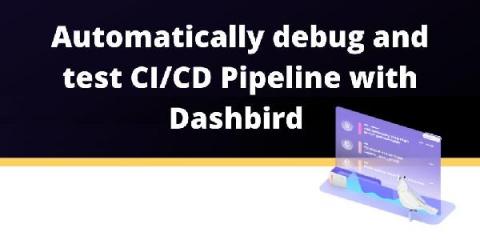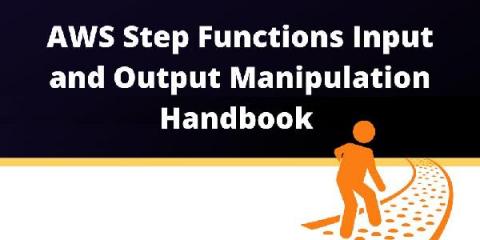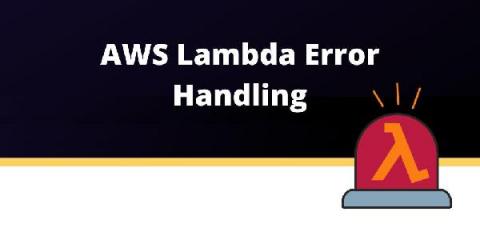3 ways of recycling third-party code for AWS Lambda
In this article, I’m trying to shine some light on the AWS Lambda Layers, Lambda Extensions, and Docker image for Lambda, in order to add third-party code to Lambda. When and how to use which method, and when to mix and match? Due to the circumstances in 2020, many software releases were postponed, and so the industry slowed its development speed quite a bit. But at least at AWS, some teams got updates out of the door at the end of the year. AWS Lambda got two significant improvements.











